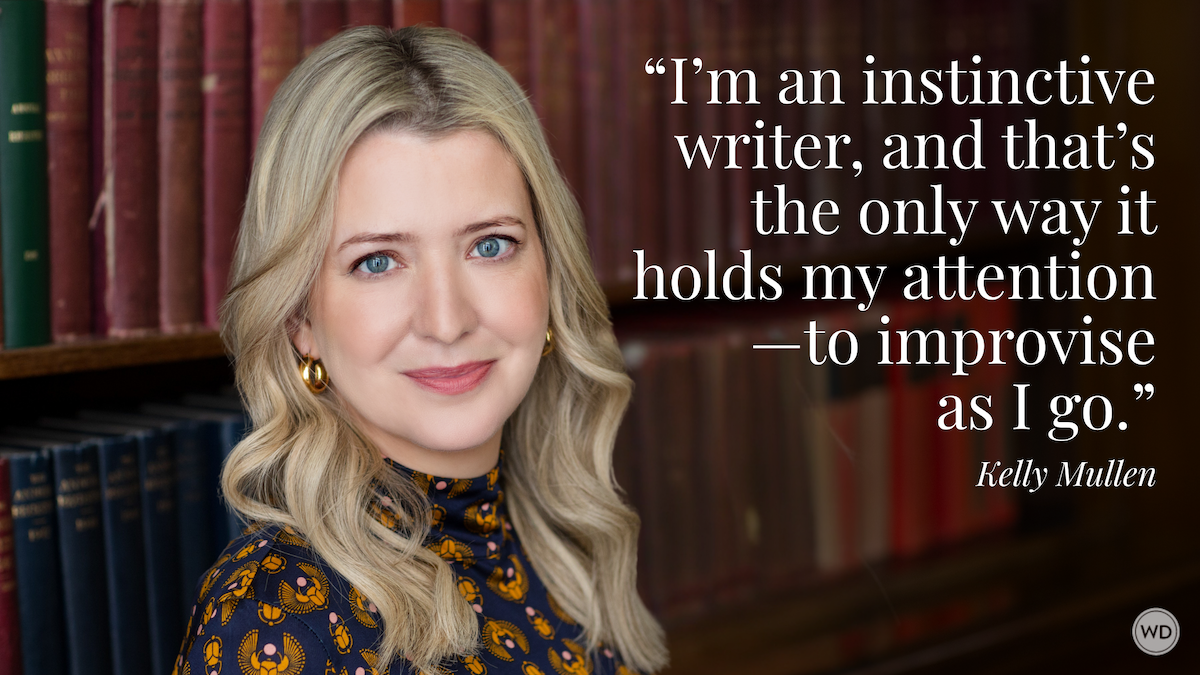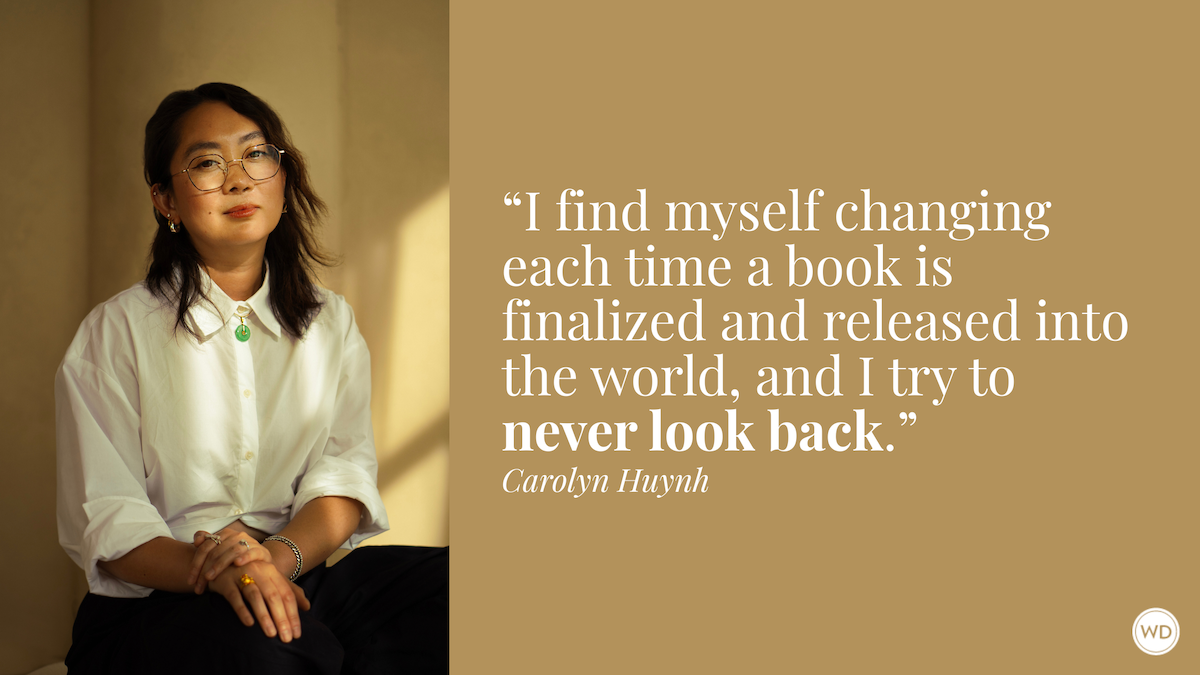A.F. Steadman: On Being a Visual Writer
Author A.F. Steadman discusses the vision that came to her that led her to write her debut middle-grade novel, Skandar and the Unicorn Thief.
A.F. Steadman grew up in the Kent countryside, getting lost in fantasy worlds and scribbling stories in notebooks. Before focusing on writing, she worked in law, until she realized that there wasn’t nearly enough magic involved. Skandar and the Unicorn Thief is her debut novel. Find her on Twitter, Facebook, and Instagram.
In this post, A.F. discusses the vision that came to her that led her to write her debut middle-grade novel, Skandar and the Unicorn Thief, what surprised her about the process, and more!
Name: A.F. Steadman
Literary agent: Sam Copeland at RCW
Book title: Skandar and the Unicorn Thief
Publisher: Simon and Schuster
Release date: May 3, 2022
Genre/category: Middle-Grade Fantasy
Elevator pitch for the book: Skandar and the Unicorn Thief is set in a world of warrior unicorns, elemental magic, and courageous heroes. 13-year-old Skandar Smith has always dreamed of being a unicorn rider, but when the most powerful unicorn in the world is stolen, Skandar and his friends must take to the skies to battle bloodthirsty unicorns and a deadly enemy.
IndieBound | Bookshop | Amazon
[WD uses affiliate links.]
What prompted you to write this book?
Growing up, I always preferred books full of magic and adventure. In particular, I loved stories that felt like they could really happen to me—like discovering a world where I had a daemon or an entrance to a faerie realm at the end of the garden. Then eight years ago, walking home, an image of a boy and a unicorn flying ahead of me soared into my mind.
I’m a visual writer and often play out scenes in my imagination and I remember very clearly thinking: This unicorn doesn’t look like it belongs in a fairy tale. This creature belongs in nightmares. Although I didn’t write their story for years, the image of that boy on his ferocious unicorn stayed with me until eventually I couldn’t ignore them any longer.
How long did it take to go from idea to publication? And did the idea change during the process?
The idea came about eight years ago. I wrote a first draft in three months in 2018, and then left it aside to focus on a different project. The first draft of Skandar was very much a world- and character-building exercise.
I had a lot of fun playing around with the mythology and establishing Skandar’s core group of friends and their personalities. The plot came later, in early 2020, but I think I’ll always be glad I spent time giving the mythology its foundations.
The manuscript sold to my publisher in September 2020 and the book publishes on May 3, 2022.
Were there any surprises or learning moments in the publishing process for this title?
The cover for the book completely surprised me—in a good way! I’d convinced myself that I would have to learn to love it because I had such a clear vision of the way the unicorns should look. Then I saw the first sketches and I instantly adored them—the design team had captured the fearsome and powerful nature of the unicorns so perfectly; it blew me away.
Were there any surprises in the writing process for this book?
I wasn’t expecting to enjoy the editorial process as much as I did. I’m the kind of writer who doesn’t mind the blank page and looks forward to writing new material. I think because of this I assumed I wouldn’t like going over drafts I’d already finished and trying to incorporate my editors’ comments. In fact, I’ve found it a really wonderful experience!
The questions my editors ask me about mythology and character backstories have informed so much of the world-building, as well as the plots for later books. I’m so grateful to them for all their hard work—writing books is a real team effort.
What do you hope readers will get out of your book?
That this isn’t only a book about bloodthirsty unicorns! Between its page are big themes like family, grief, bravery, mental health, and finding your place in the world—even if it isn’t exactly where you expected.
It tackles the importance of finding friends who accept you for who you really are, of loving people even when it’s hard, of doing the right thing even when it’s scary. Most of all I hope they take away from it the message that we are all made up of visible and invisible pieces but together—together we are always stronger.
If you could share one piece of advice with other writers, what would it be?
Don’t give up! Some days you won’t like your idea—there were many times when I almost gave up on Skandar altogether because I told myself nobody would want to read about bloodthirsty unicorns. The truth is you never know whether anyone is going to want to read what you write, so all you can do is make it the best that you can, write it for yourself, don’t worry about anyone else, and just keep going.
Robert Lee Brewer is Senior Editor of Writer's Digest, which includes managing the content on WritersDigest.com and programming virtual conferences. He's the author of 40 Plot Twist Prompts for Writers: Writing Ideas for Bending Stories in New Directions, The Complete Guide of Poetic Forms: 100+ Poetic Form Definitions and Examples for Poets, Poem-a-Day: 365 Poetry Writing Prompts for a Year of Poeming, and more. Also, he's the editor of Writer's Market, Poet's Market, and Guide to Literary Agents. Follow him on Twitter @robertleebrewer.








